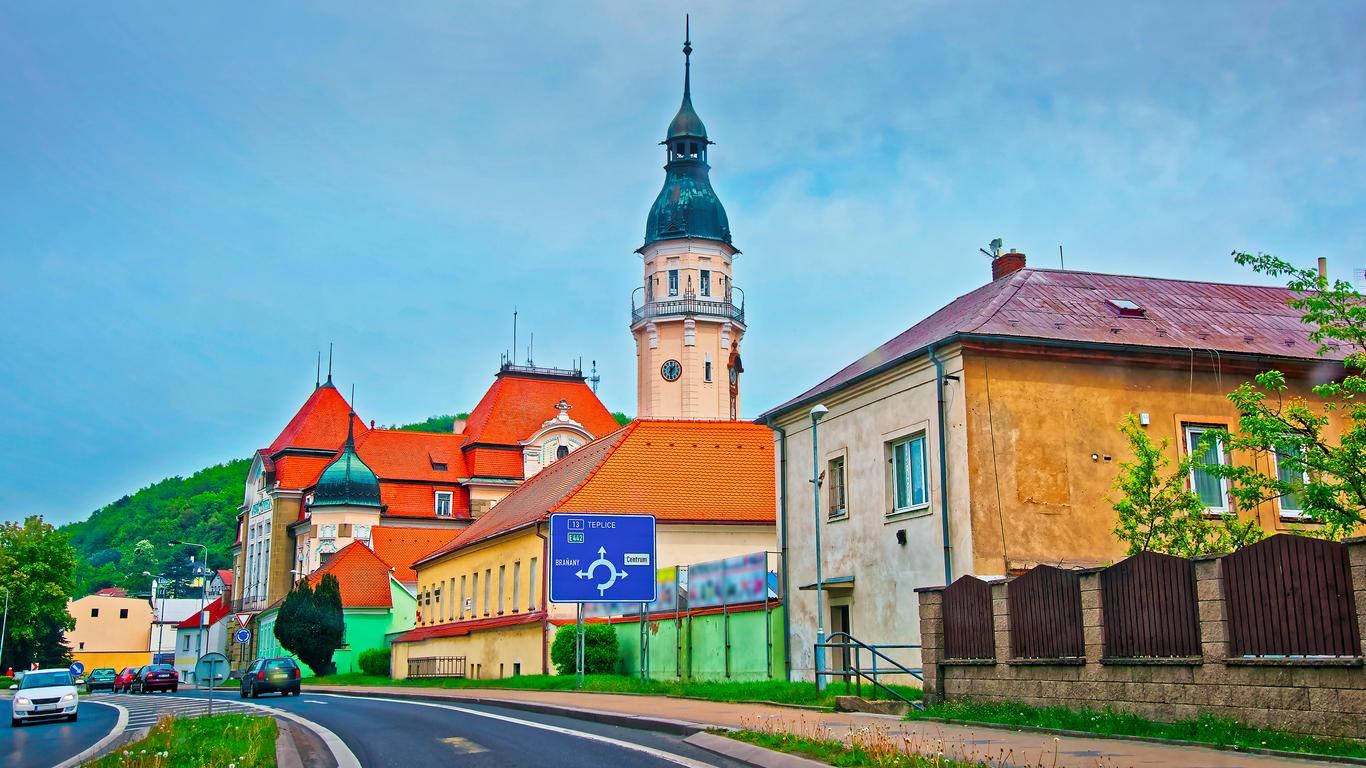Extending from the high peaks of the Ore Mountains to the winding Elbe River, the Usti nad Labem Region hugs the Czech Republic’s north-west border with Germany. It is named after its capital, Usti nad Labem, and encompasses what was once known as the province of North Bohemia.
Things to do in Ústí nad Labem Region
With its centuries-old castles and breathtaking national parks, the Usti nad Labem Region is worth the detour from Prague.
Sightsee in Usti nad Labem. Located on the banks of the Elbe River, Usti nad Labem is a historic river port and a bustling industrial city. You can delve into the past at the Museum of the City of Usti nad Labem before climbing to the clifftop ruins of the 14th-century Střekov Castle. In the heart of the city is the Church of the Assumption of the Virgin Mary, famed for its 65-metre-high tower, which leans following bombing during World War II.
Explore Bohemian Switzerland National Park. Encompassing the spectacular Elbe Sandstone Mountains, this protected area lies in the north-east of the Usti nad Labem Region. It was the Swiss artists Adrian Zingg and Anton Graff who inspired its name, with the area reminding them of their homeland. Bohemian Switzerland National Park is home to Europe’s largest natural sandstone arch, the Pravčice Gate, and the narrow Kamenice Gorge. Magnificent views across the park can be enjoyed from the rock-hewn remains of Šaunštejn Castle.
Visit Duchcov Chateau. Originally established as a fortress in the 13th century, Duchcov Chateau is a beautifully preserved manor house and museum. Its period-furnished rooms are decorated with antique pieces and historic paintings, including a portrait of Albrecht von Wallenstein by Anthony van Dyck. The chateau’s Neoclassical-style architecture is best admired from the romantic-style gardens, which now serve as a public park.
Getting around Ústí nad Labem Region
The Usti nad Labem Region is just under an hour’s drive from Prague and Vaclav Havel Airport, which has flights to destinations across the globe. Trains connect major towns and cities across the region while buses serve smaller destinations not on the railway network.





